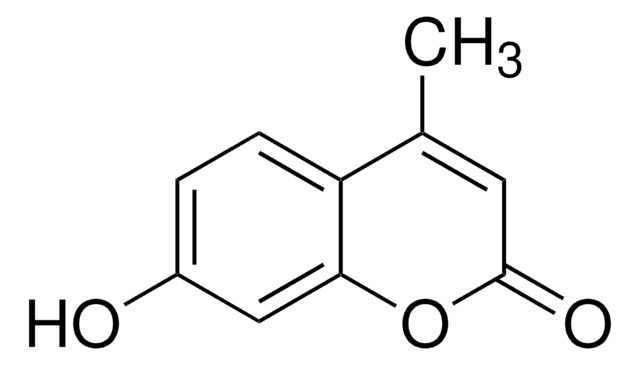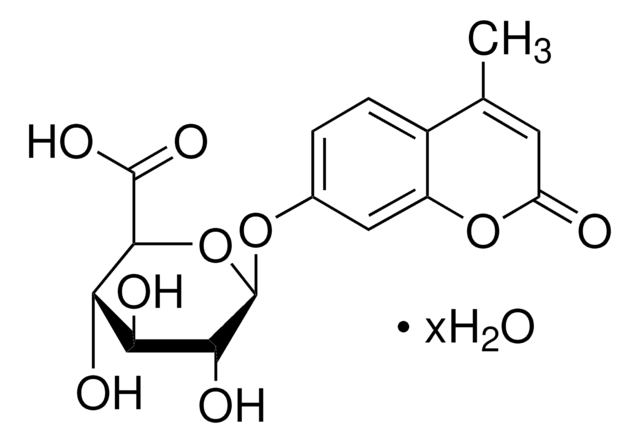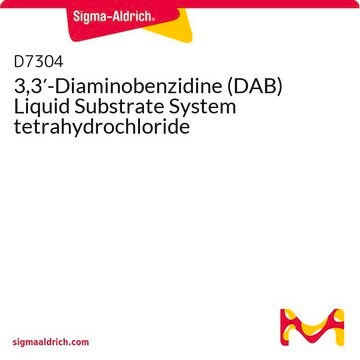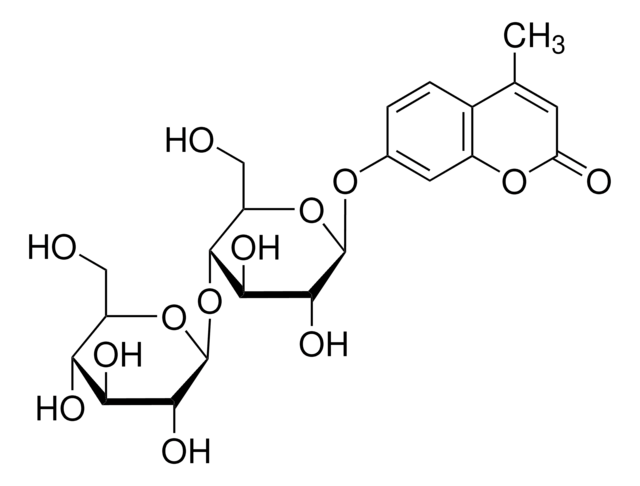M6065
Monoclonal Anti-Microphthalmia antibody produced in mouse
clone C5, purified immunoglobulin
Sinónimos:
Anti-Mi
About This Item
Productos recomendados
biological source
mouse
Quality Level
conjugate
unconjugated
antibody form
purified immunoglobulin
antibody product type
primary antibodies
clone
C5, monoclonal
form
buffered aqueous solution
mol wt
antigen 52-56 kDa
species reactivity
mouse, rat, human
concentration
0.5-1.0 mg/mL
technique(s)
immunohistochemistry (formalin-fixed, paraffin-embedded sections): suitable
immunoprecipitation (IP): suitable using 2 μg/mg protein lysate
western blot: 1:500 using 10 μg of Mouse brain lysates
isotype
IgG1
UniProt accession no.
shipped in
wet ice
storage temp.
−20°C
target post-translational modification
unmodified
Gene Information
human ... MITF(4286)
mouse ... Mitf(17342)
rat ... Mitf(25094)
General description
Microphthalmia is expressed in a limited number of cell types including heart, mast cells, osteoclast precursors, and melanocytes. There are a number of different isoforms of microphthalmia resulting from alternative splicing and alternative promotors. These isoforms differ at their amino-termini and in their expression patterns.
Immunogen
Application
Western Blotting (1 paper)
Physical form
Disclaimer
¿No encuentra el producto adecuado?
Pruebe nuestro Herramienta de selección de productos.
Optional
Storage Class
12 - Non Combustible Liquids
wgk_germany
nwg
flash_point_f
Not applicable
flash_point_c
Not applicable
Elija entre una de las versiones más recientes:
¿Ya tiene este producto?
Encuentre la documentación para los productos que ha comprado recientemente en la Biblioteca de documentos.
Nuestro equipo de científicos tiene experiencia en todas las áreas de investigación: Ciencias de la vida, Ciencia de los materiales, Síntesis química, Cromatografía, Analítica y muchas otras.
Póngase en contacto con el Servicio técnico








